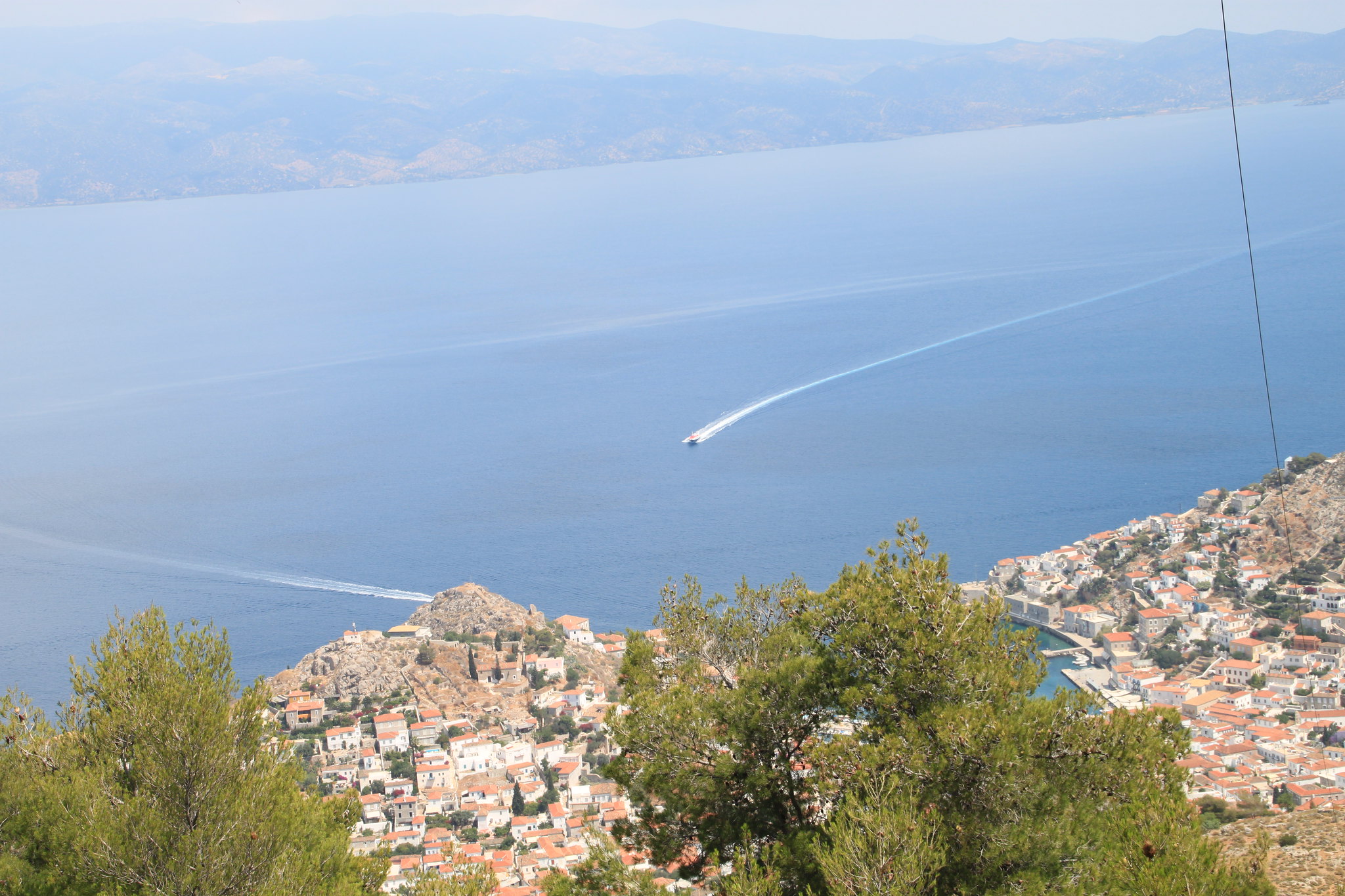10 No-fuss Ways To Figuring Out Your Hydra Greece
On the Greek island of Hydra you will find abbeys, churches, chapels and road side offeratories (I am still searching for the agreekadventure.com/ correct name for the little religious boxes that contain candle lights, matches etc so you can make your prayer offering,) with most of the bigger open to the general public when not formally being used for a service. The bigger buildings such as the Cathedral of the Presumption of the Virgin Mary are designated as an abbey, which indicates that weddings can not be carried out in them (just baptisms & funeral services).
The Cathedral is exquisite and you are more than welcome, so long as you are dressed appropriately, to stroll within the boundaries of the cloisters and even go into the Cathedral Church itself. Taking photographs or recording is not allowed without the express authorization of the Bishop. You can see Katerina in the Ecclesiastical Museum (who speaks English) to make a request of the Bishop in your place.
The Cathedral is designated as an Abbey and Hydra greece so it is just used for services, baptisms and funerals. Marital relationships can not happen in a Monastery. The Mayor's Office consisting of the Registrar (for births, deaths & marriages) use the grand reception spaces opposte the primary entrance to the Cathedral Church. Despite the fact that the Registrar has a workplace, because of the Monastery status, it is not possible to have a civil wedding on the grounds. So Computer registry weddings are held off the properties at a place decided upon by the groom and bride.
The abbey of Panagia Zourva is among the most remote of the Greek Orthodox abbeys on Hydra Island Greece. It is reached over land or through 645 steps up from Zourva Bay if you go to the end of the island by boat. Its name day is celebrated on the 8th of September.
The Zourva Monestery is a complex of buildings with the primary church at the centre.
It is a completely functioning monestery, which is run by just five nuns who live and work there all year.
In addition to the main church there are many devoted chapels and numerous structures with simple rooms where members of the congregation, visiting Greek Orthodox clergy or practitioneers can be accommodated.
As well as their spiritual obligations and observances, the nuns work relentlessly to keep the structures, grow their own food and tend their animals.
The 8th of September is the Name Day of Panagia Zourva when the nuns host hundreds of visitors for the service. Some of the churchgoers show up to stay with the nuns the week before to aid with the preparations.

The name day service begins early in the morning around 6am. Many Hydriots, especially those who have decsendants buried at the monastery or were baptised there, will head out of Hydra harbour at around 7am to make the 'pilgrimage' to the monastery. Some will stroll almost 7km each way. Others will take a boat or water taxi along the coast to the bottom of the cliff at Zourva Bay and then stroll the 645 steps up to the top.
On Call Days everybody is first welcomed with much required water and coffee. The parish frequently bring clothes to change into and can use the lodging spaces to swop their outfits. Even babies are welcome to use the accommodation for 'power naps' before being introduced to the community. My 5 month old grand son made his very first journey this year (2017) to fulfill the nuns and his Daddy (Vasilis) paid his aspects to his grandparents who are buried at one of the abbey's chapels. Everyone cools down after the 'walking', enjoying the light creep into the bay as the sun reaches its zenith, before signing up with the parish in the main church or on its terrace.